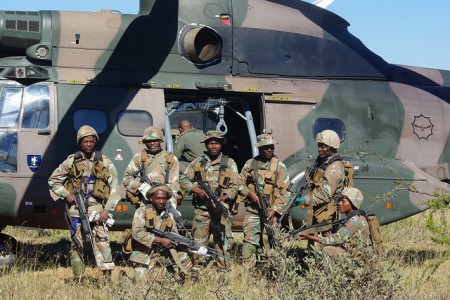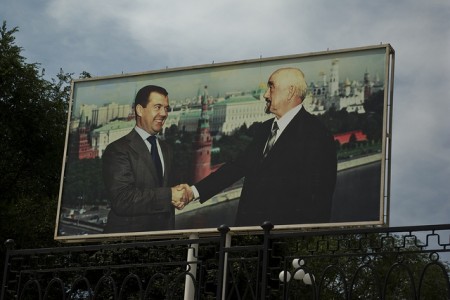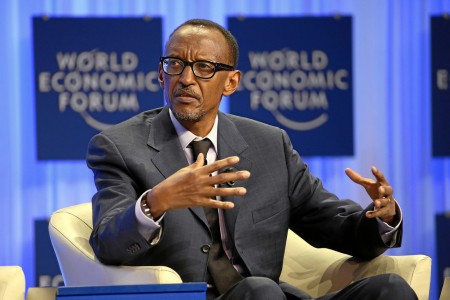
This article was originally published 17 April 2014 by the Institute for Security Studies (ISS)
Jens Mjaugedal, Special Envoy of Norway to Somalia, is frustrated… which is hardly surprising given his mission to try to turn Somalia, which has officially been the world’s most failed state for many years, into a success. The biggest problem in Somalia is how to keep the deadly al-Qaeda-affiliated, Islamist militant group al-Shabaab at bay.
The African Union’s robust peacekeeping mission in Somalia (AMISOM) expelled al-Shabaab from Mogadishu two years ago, and is now engaged in a major offensive to try to rid the country of the scourge altogether. AMISOM claims to have liberated 10 strategic towns so far, though the war is very far from won.




